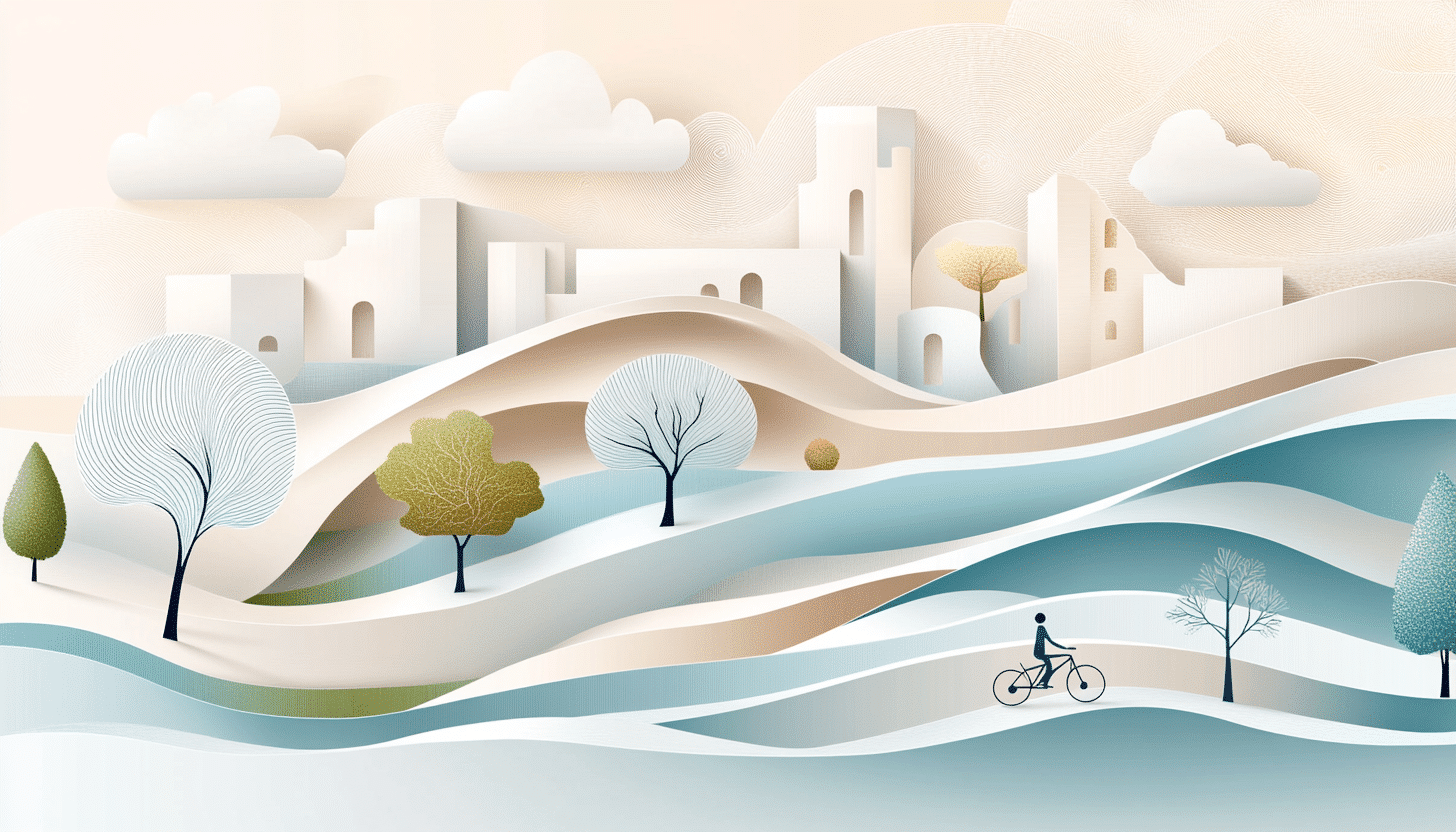What is Clean Air Day?
Clean Air Day is held every year on the third Thursday of June in the United Kingdom (National Clean Air Day). The day raises awareness about air pollution and its impact on health, the environment, and quality of life. It encourages people, schools, organisations, and local authorities to take steps toward cleaner air and healthier living.
Clean Air Day aims to show that small changes in daily behaviour ; such as walking instead of driving or switching off engines ; can help reduce harmful emissions. It is also a call for stronger action from policymakers to improve air quality across communities.
In the Netherlands, Clean Air Day is followed with interest by environmental groups and public health organisations. Local campaigns often focus on cycling, low-emission zones, and school initiatives.
History and Origin
Clean Air Day was launched by Global Action Plan, a UK-based environmental charity, to tackle growing concerns about air pollution. The first campaign focused on education and community involvement, with support from public health experts, councils, and transport authorities.
The idea behind the day was to raise awareness without fear. Instead of focusing on guilt or blame, the campaign encourages hopeful, practical actions. Each year, more organisations join, and the scope has expanded to include businesses, schools, and hospitals.
Over time, Clean Air Day has become the UK’s largest air pollution awareness campaign. It continues to influence both public behaviour and policy discussion, with growing international interest and adaptations in other countries.
Who participates in Clean Air Day?
- Schools and students: Many schools hold activities and lessons about clean air and climate-friendly habits.
- Local councils: Authorities promote awareness through signage, temporary road closures, or clean air zones.
- Health organisations: Hospitals and clinics use the day to highlight the link between air quality and health.
- Workplaces: Employers run campaigns to encourage greener commuting or flexible working.
- Environmental groups: Activists organise events, talks, and campaigns to push for cleaner air legislation.
Slogans and Themes
Clean Air Day often uses hopeful, active language. Slogans include “Clean Air is in Our Hands,” “Let’s Go Clean,” and “Protect Our Health.” The annual theme usually focuses on a key area like schools, traffic reduction, or lung health. Campaigns combine education with action and aim to make clean air a shared goal rather than a technical issue.
Colors, Symbols and Patterns
Colors
- Blue: Represents clear skies and fresh air.
- Green: Symbolises nature, health, and environmental responsibility.
- White: Reflects purity and the goal of pollution-free air.
Symbols
- Cloud with a checkmark: Suggests safe, breathable air.
- Lung icon: Emphasises the health side of clean air campaigns.
- Bicycle: Promotes sustainable transport as a solution to pollution.
Patterns
- Flowing wind lines: Represent clean movement and fresh air.
- Circles and bubbles: Used to suggest breath, airflow, and lightness.
- City outlines: Illustrate the urban spaces most affected by pollution.
Most used hashtags
- #CleanAirDay
- #AirPollution
- #BreatheClean
- #HealthyAir
- #ActForAir
How do you celebrate Clean Air Day?
- Walk or cycle: Leave the car at home and choose a cleaner way to travel.
- Turn off the engine: Avoid idling when parked or waiting in traffic.
- Join a local event: Take part in community walks, school programs, or clean air fairs.
- Share facts: Use social media to spread awareness and tips about air pollution and its effects.
- Support better policies: Sign petitions or contact local leaders to demand action on air quality.
Why is Clean Air Day important?
Clean Air Day is important because air pollution is a major risk to public health. It affects lung development in children, increases the risk of heart and lung disease, and contributes to premature deaths. By raising awareness, the day helps people understand how their choices and voices matter.
It also pushes for long-term solutions. Clean air should not be a privilege but a basic right. By combining education, community action, and policy pressure, Clean Air Day helps drive change at every level. It gives people the tools to take action and the hope that better air is possible.
Features
Third Thursday of June: Clean Air Day (United Kingdom)
Why do you keep falling for the same type?
Read the article Lovemaps: the hidden blueprint of our love.

